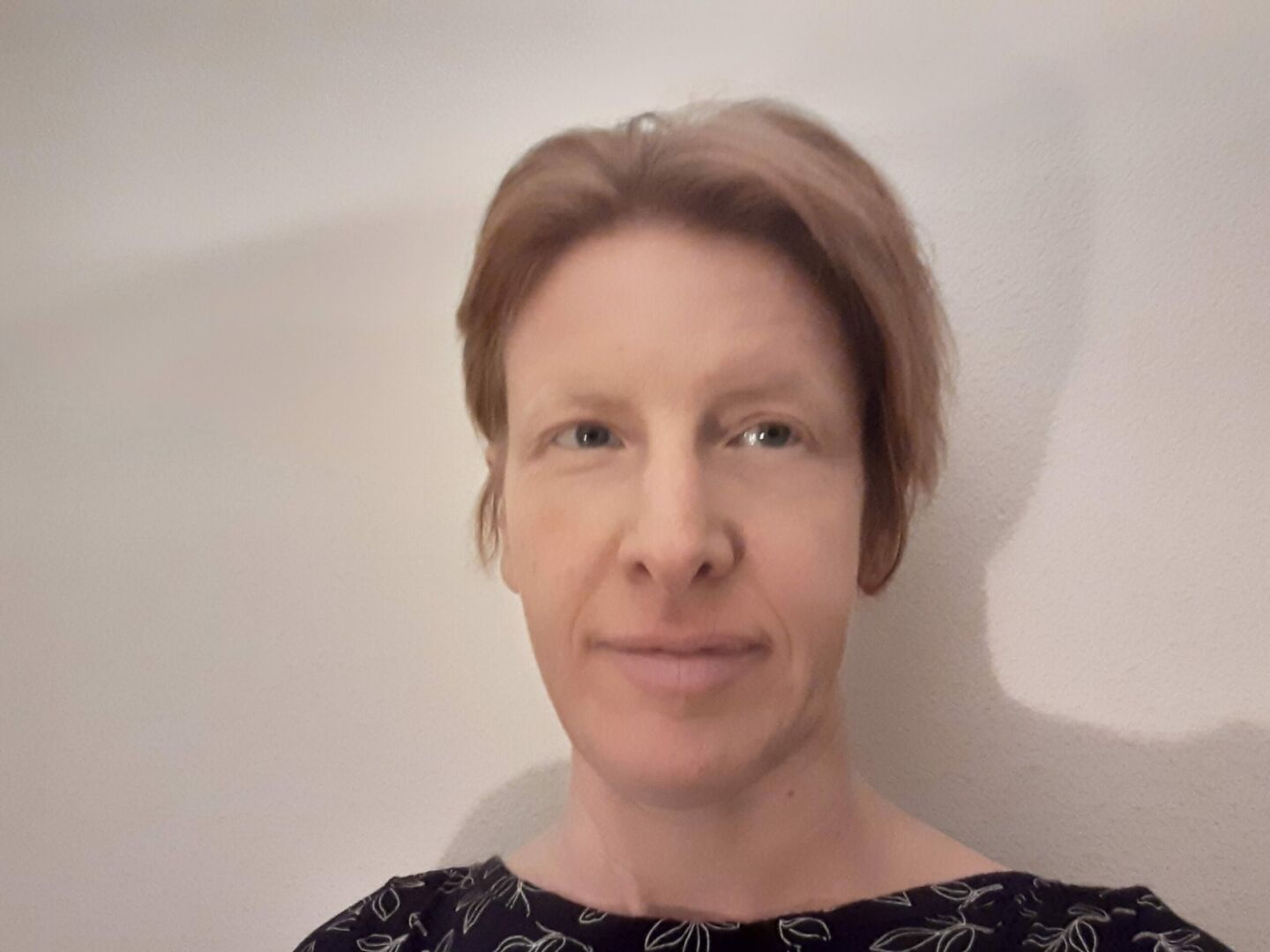
Tucson, Arizona, U.S. Skyglow Reduced 7% after Street Light Conversion

John Barentine, Director of Conservation at the International Dark-Sky Association, is the lead author of a recent study published online by the Journal of Quantitative Spectroscopy and Radiative Transfer. Although Barentine has previously published papers in the field of astronomy, this is his first in the field of light pollution studies.
Working with students and a scientist from the National Optical Astronomy Observatory, Barentine used a 2014 dataset that was compiled for other purposes to measure the change in skyglow in Tucson, Arizona, U.S., in 2017, after thousands of street lights were converted from high- and low-pressure sodium (HPS/LPS) luminaires to white light emitting diode (LED). The key question in the study was: “Did the skyglow over Tucson change as the result of reduced lighting levels implemented during the municipal LED street lighting conversion?”1
The team “obtained direct and indirect measurements of the luminance of the night sky from 15 locations in and near Tucson, Arizona, during two epochs in June 2014 and May-June 2017, in between which the City of Tucson converted 18,000 municipally-owned street lights from a mixture of HPS and LPS to 3000 K white LED, while reducing the number of photopic lumens emitted by the street lighting system by 63%.”
Using SkyGlow Simulator software, the scientists modeled expected changes in skyglow. Skyglow is defined in the study as “the diffuse luminescence of the night sky attributable to
light emitted from sources on the ground that is scattered back toward the ground from molecules and aerosols in the Earth’s atmosphere.” Relative decreases in the brightness of skyglow were both predicted and measured in the study, validating what researchers thought would be the case. The models predicted 10–20% reduction in skyglow, if the change were due only to the converted street light system. The researchers measured a decrease of about 7%.
However, the authors of the study noted, “In policy terms, Tucson is also unusual in that the concern for limiting light pollution is connected to the site protection of astronomical observatories that contribute significantly to its local economy.” Barentine is aware of Tucson’s particular awareness of light pollution but hopes that by documenting the change in skyglow with the measurements in this study, he can help leaders in other communities make educated choices. He says, “if your city has not yet converted to LED, this is going to happen eventually.” He wants leaders to know enough to make good decisions and to be aware of the fact that “it’s in the details, and you have choices.”
One important detail to consider when converting light fixtures is the rebound effect. According to the study, “We expect skyglow will worsen in cases where the rebound effect results in the installation of more lighting than existed prior to conversion.” The rebound effect is also considered in another important paper on light pollution. A 2017 study of Earth’s artificially lit outdoor area notes, “A central aim of the ‘lighting revolution’ (the transition to solid-state lighting technology) is decreased energy consumption. This could be undermined by a rebound effect of increased use in response to lowered cost of light.”2
“Unless something changes, the world will become brighter,” says Barentine. As proof of that trend, “The new world atlas of artificial night sky brightness” published in 2016 determined that “more than 80% of the world and more than 99% of the U.S. and European populations live under light-polluted skies.”3 But, according to Barentine, “we can solve the problem of light pollution if we restrict light use to places where we need it and we’re mindful about its use.” In fact, if communities educate themselves and make evidence-based lighting choices, they can expect that the night sky in their area might get a little darker.
1. Barentine, J. C., Walker, C. E., Kocifaj, M., Kundracik, F., Juan, A., Kanemoto, J., & Monrad, C. K. (2018). Skyglow Changes Over Tucson, Arizona, Resulting From A Municipal LED Street Lighting Conversion. Journal of Quantitative Spectroscopy and Radiative Transfer. https://arxiv.org/abs/1802.03474
2. Kyba, C. C. M., Kuester, T., Sánchez de Miguel, A., Baugh, K., Jechow, A., Hölker, F., … Guanter, L. (2017). Artificially lit surface of Earth at night increasing in radiance and extent. Science Advances, 3(11), e1701528. http://doi.org/10.1126/sciadv.1701528
3. Falchi, F., Cinzano, P., Duriscoe, D., Kyba, C. C., Elvidge, C. D., Baugh, K., … & Furgoni, R. (2016). The new world atlas of artificial night sky brightness. Science advances, 2(6), e1600377. http://advances.sciencemag.org/content/2/6/e1600377.full



















